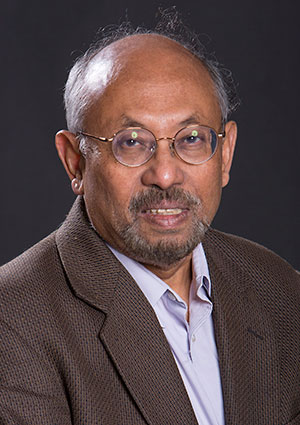About the Group
Dr. Saldin’s research covers all aspects of the use of radiation to study matter, and diffraction and scattering phenomena. His particular interests center around holography, tomography, and x-ray scattering from biomolecules. Dr. Saldin’s contributions to the BioXFEL relate to how proteins and viruses perform their functions in a living organism in an aqueous solution. Knowing that the standard method of structure determination by X-rays require the formation of crystals, it is unclear that the structures of biomolecules in crystals are always the same as their structures in living organisms. This is the motivation for his lab’s work on structure determination of biomolecules and viruses in aqueous solution. When used with prior X-ray sources, the technique of small angle X-ray scattering (SAXS) is able to recover the shapes of biomolecules in solution by analyzing the radial distribution of scattered intensities. The shortness of XFEL pulses enables much more detailed information about biomolecules and viruses to be gleaned from such experiments by analyzing also the angular correlations of the intensities of temporally frozen orientations. When averaged over a large number of XFEL diffraction patterns, the angular correlations can yield more detailed information about the structures of biomolecules, independent of the particle orientations. Such methods are ideal to maximize the measured signals from the particles under study as they enable a solution to be used which is sufficiently concentrated, as a higher signal-to-noise ratio is possible if the beam scatters off multiple particles. By computer simulations the Saldin’s lab has shown how such a method can reconstruct the two main classes of viruses, namely the icosahedral and helical. https://people.uwm.edu/saldin-research-group/










